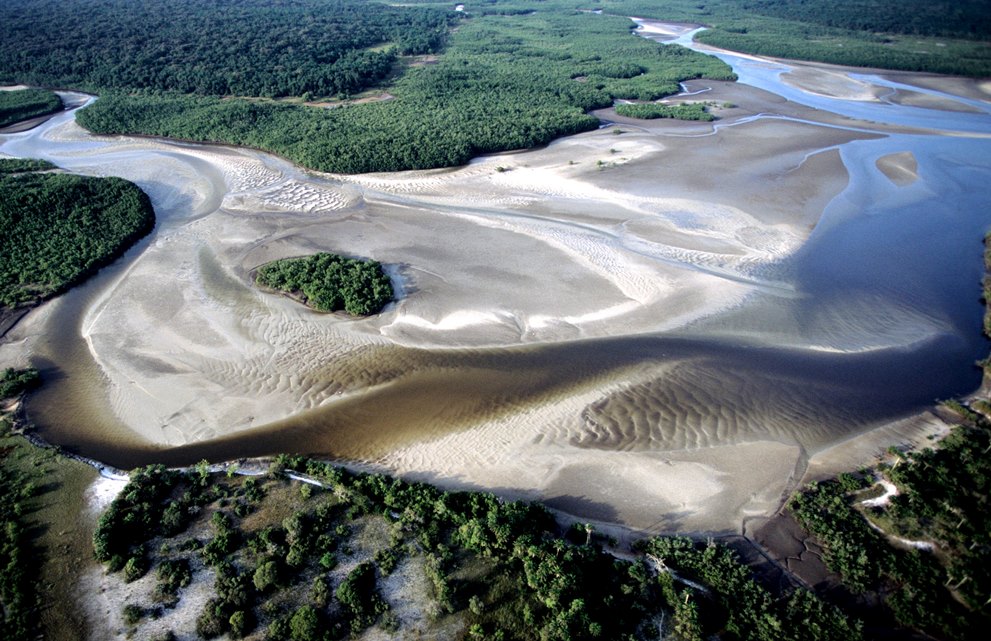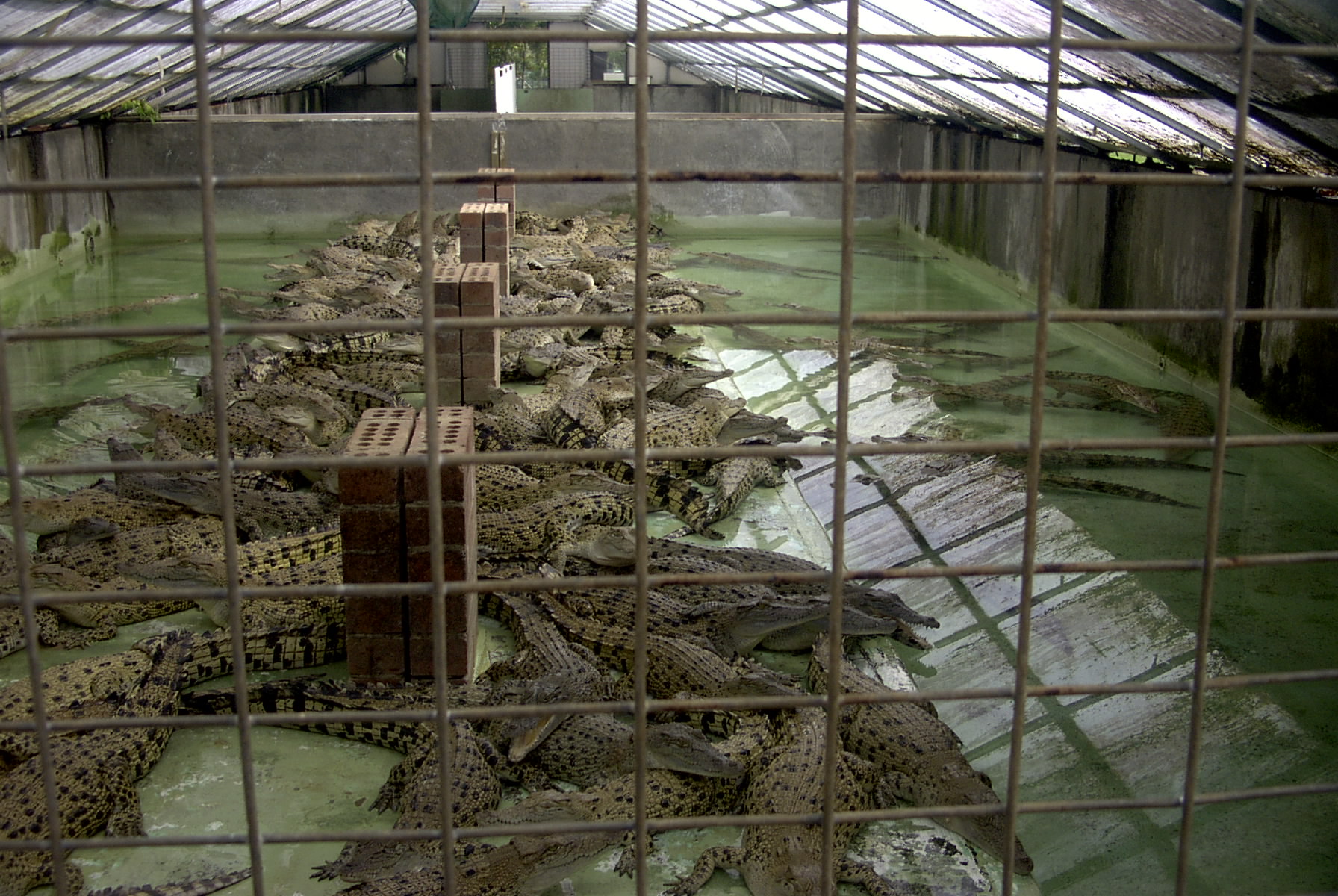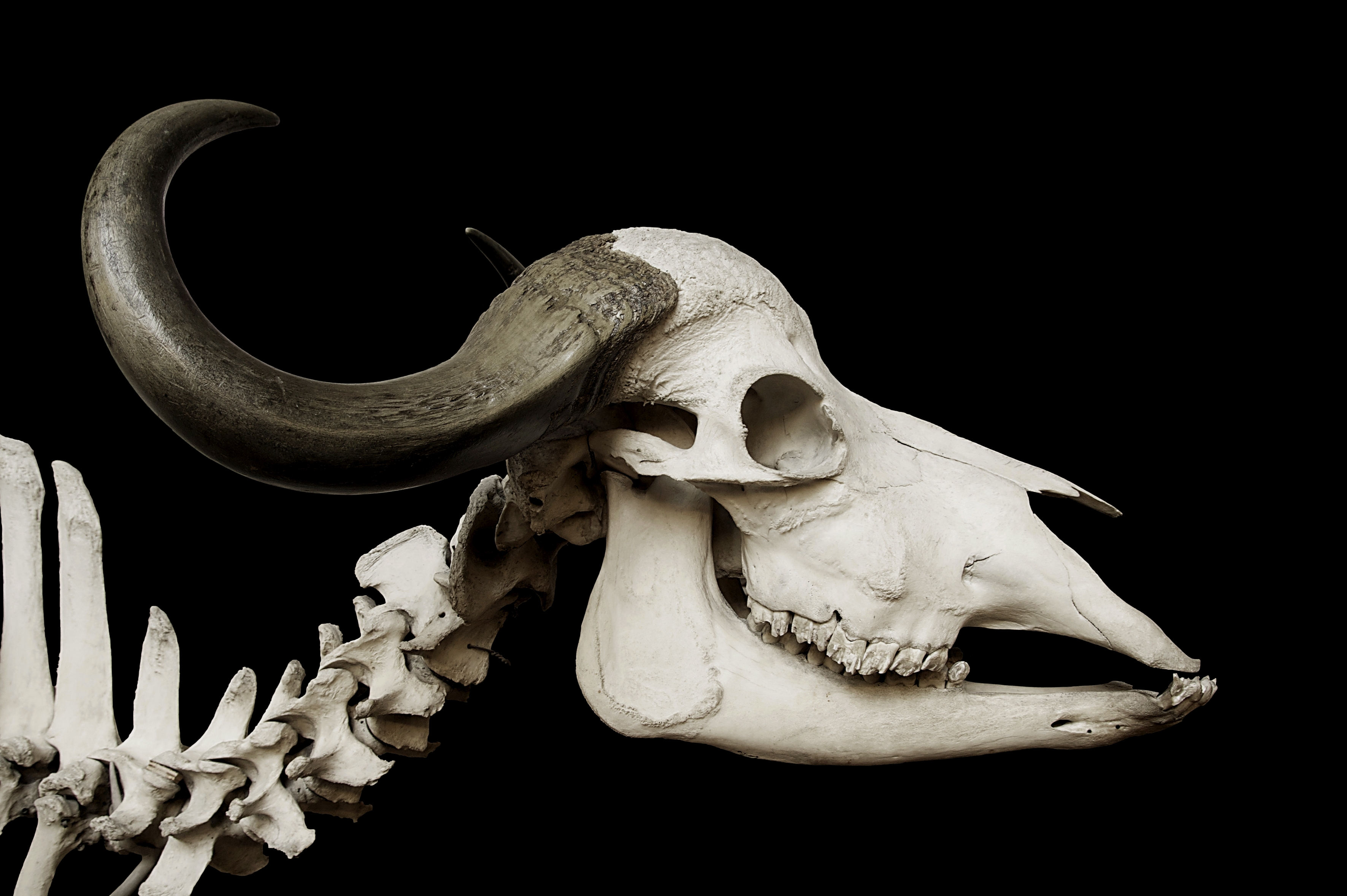|
Lukanga Swamp
Lukanga Swamp is a major wetland in the Central Province of Zambia, about 50 km west of Kabwe.Terracarta/International Travel Maps, Vancouver Canada: "Zambia, 2nd edition", 2000 Its permanently swampy area consists of a roughly circular area with a diameter of 40 to 50 km covering 1850 km2, plus roughly 250 km2 in the mouths of and along rivers discharging into it such as the Lukanga River from the north-east, plus another 500 km2 either side of the Kafue River to the west and north-west, making 2600 km2 in total.Google Earth accessed 2007. It contains many lagoons such as Lake Chiposhye and Lake Suye but few large channels, and its average depth is only 1.5 m. River connections and floodplains The permanent swamp is surrounded by a seasonally-inundated |
Ramsar Convention
The Ramsar Convention on Wetlands of International Importance Especially as Waterfowl Habitat is an international treaty for the conservation and sustainable use of Ramsar site, Ramsar sites (wetlands). It is also known as the Convention on Wetlands. It is named after the city of Ramsar, Mazandaran, Ramsar in Iran, where the convention was signed in 1971. Every three years, representatives of the contracting parties meet as the Ramsar Convention#Conference of the Contracting Parties, Conference of the Contracting Parties (COP), the policy-making organ of the wetland conservation, convention which adopts decisions (site designations, resolutions and recommendations) to administer the work of the convention and improve the way in which the parties are able to implement its objectives. In 2022, COP15 was held in Montreal, Canada. List of wetlands of international importance The list of wetlands of international importance included 2,531 Ramsar site, Ramsar sites in Februa ... [...More Info...] [...Related Items...] OR: [Wikipedia] [Google] [Baidu] |
Crocodile
Crocodiles (family (biology), family Crocodylidae) or true crocodiles are large, semiaquatic reptiles that live throughout the tropics in Africa, Asia, the Americas and Australia. The term "crocodile" is sometimes used more loosely to include all extant taxon, extant members of the order (biology), order Crocodilia, which includes the alligators and caimans (both members of the family Alligatoridae), the gharial and false gharial (both members of the family Gavialidae) as well as other extinct Taxon, taxa. Crocodile Measurement, size, Morphology (biology), morphology, behaviour and ecology differ among species. However, they have many similarities in these areas as well. All crocodiles are semiaquatic and tend to congregate in freshwater habitats such as rivers, lakes, wetlands and sometimes in brackish water and Seawater, saltwater. They are carnivorous animals, feeding mostly on vertebrates such as fish, reptiles, birds and mammals, and sometimes on invertebrates such as mol ... [...More Info...] [...Related Items...] OR: [Wikipedia] [Google] [Baidu] |
Slash And Burn
Slash-and-burn agriculture is a form of shifting cultivation that involves the cutting and burning of plants in a forest or woodland to create a field called a swidden. The method begins by cutting down the trees and woody plants in an area. The downed vegetation, or "slash", is then left to dry, usually right before the rainiest part of the year. Then, the biomass is burned, resulting in a nutrient-rich layer of ash which makes the soil fertile, as well as temporarily eliminating weed and pest species. After about three to five years, the plot's productivity decreases due to depletion of nutrients along with weed and pest invasion, causing the farmers to abandon the field and move to a new area. The time it takes for a swidden to recover depends on the location and can be as little as five years to more than twenty years, after which the plot can be slashed and burned again, repeating the cycle. In Bangladesh and India, the practice is known as jhum or jhoom. Slash-and-burn ... [...More Info...] [...Related Items...] OR: [Wikipedia] [Google] [Baidu] |
Charcoal
Charcoal is a lightweight black carbon residue produced by strongly heating wood (or other animal and plant materials) in minimal oxygen to remove all water and volatile constituents. In the traditional version of this pyrolysis process, called charcoal burning, often by forming a charcoal kiln, the heat is supplied by burning part of the starting material itself, with a limited supply of oxygen. The material can also be heated in a closed retort. Modern charcoal briquettes used for outdoor cooking may contain many other additives, e.g. coal. The early history of wood charcoal production spans ancient times, rooted in the abundance of wood in various regions. The process typically involves stacking wood billets to form a conical pile, allowing air to enter through openings at the bottom, and igniting the pile gradually. Charcoal burners, skilled professionals tasked with managing the delicate operation, often lived in isolation to tend their wood piles . Throughout histo ... [...More Info...] [...Related Items...] OR: [Wikipedia] [Google] [Baidu] |
Deforestation
Deforestation or forest clearance is the removal and destruction of a forest or stand of trees from land that is then converted to non-forest use. Deforestation can involve conversion of forest land to farms, ranches, or urban use. About 31% of Earth's land surface is covered by forests at present. This is one-third less than the forest cover before the expansion of agriculture, with half of that loss occurring in the last century. Between 15 million to 18 million hectares of forest, an area the size of Bangladesh, are destroyed every year. On average 2,400 trees are cut down each minute. Estimates vary widely as to the extent of deforestation in the tropics. In 2019, nearly a third of the overall tree cover loss, or 3.8 million hectares, occurred within humid tropical primary forests. These are areas of mature rainforest that are especially important for biodiversity and carbon storage. The direct cause of most deforestation is agriculture by far. More than ... [...More Info...] [...Related Items...] OR: [Wikipedia] [Google] [Baidu] |
Common Eland
The common eland (''Taurotragus oryx''), also known as the southern eland or eland antelope, is a large savannah and plains antelope found in East Africa, East and Southern Africa. An adult male is around tall at the shoulder and can weigh up to with a typical range of . Females are around tall and weigh . It is the second-largest antelope in the world, being slightly smaller on average than the giant eland. It was scientifically described by Peter Simon Pallas in 1766. Mainly a herbivore, its diet is primarily grasses and leaves. Common elands form herds of up to 500 animals, but are not Territory (animal), territorial. The common eland prefers habitats with a wide variety of flowering plants such as savannah, woodlands, and open and Montane ecology, montane grasslands; it avoids dense forests. It uses loud barks, visual and postural movements, and the flehmen response to Animal communication, communicate and warn others of danger. The common eland is used by humans for leat ... [...More Info...] [...Related Items...] OR: [Wikipedia] [Google] [Baidu] |
Cape Buffalo
The African buffalo (''Syncerus caffer)'' is a large sub-Saharan African bovine. The adult African buffalo's horns are its characteristic feature: they have fused bases, forming a continuous bone shield across the top of the head, referred to as a "boss". The African buffalo is more closely related to other buffalo species than it is to other bovids such as American bison or domestic cattle, with its closest living relative being the Asian water buffalo. Its unpredictable temperament may be part of the reason that the African buffalo has never been domesticated, which would also explain why the African buffalo has no domesticated descendants, unlike the wild yak and wild water buffalo which are the ancestors of the domestic yak and water buffalo. Natural predators of adult African buffaloes include lions, African wild dogs, spotted hyenas, and Nile crocodiles. As one of the Big Five game animals, the Cape buffalo is a sought-after trophy in hunting. Description The African ... [...More Info...] [...Related Items...] OR: [Wikipedia] [Google] [Baidu] |
Elephant
Elephants are the largest living land animals. Three living species are currently recognised: the African bush elephant ('' Loxodonta africana''), the African forest elephant (''L. cyclotis''), and the Asian elephant ('' Elephas maximus''). They are the only surviving members of the family Elephantidae and the order Proboscidea; extinct relatives include mammoths and mastodons. Distinctive features of elephants include a long proboscis called a trunk, tusks, large ear flaps, pillar-like legs, and tough but sensitive grey skin. The trunk is prehensile, bringing food and water to the mouth and grasping objects. Tusks, which are derived from the incisor teeth, serve both as weapons and as tools for moving objects and digging. The large ear flaps assist in maintaining a constant body temperature as well as in communication. African elephants have larger ears and concave backs, whereas Asian elephants have smaller ears and convex or level backs. Elephants are scatter ... [...More Info...] [...Related Items...] OR: [Wikipedia] [Google] [Baidu] |
Pythonidae
The Pythonidae, commonly known as pythons, are a Family (biology), family of Venomous snake, nonvenomous snakes found in Africa, Asia, and Australia. Among its members are some of the largest snakes in the world. Ten Genus, genera and 39 species are currently recognized. Being naturally non-venomous, pythons must constrict their prey to induce cardiac arrest prior to consumption. Pythons will typically strike at and bite their prey of choice to gain hold of it; they then must use physical strength to constrict their prey, by coiling their muscular bodies around the animal, effectively suffocating it before swallowing whole. This is in stark contrast to venomous snakes such as the rattlesnake, for example, which delivers a swift, venomous bite but releases, waiting as the prey succumbs to envenomation before being consumed. Collectively, the pythons are well-documented and studied as constrictors, much like other non-venomous snakes, including the Boidae, boas and even kingsnakes ... [...More Info...] [...Related Items...] OR: [Wikipedia] [Google] [Baidu] |
Cape Bushbuck
The Cape bushbuck (''Tragelaphus sylvaticus''), also known as imbabala is a common, medium-sized bushland-dwelling, and a widespread species of antelope in sub-Saharan Africa. It is found in a wide range of habitats, such as rain forests, montane forests, forest-savanna mosaic, savanna, bushveld, and woodland. It stands around at the shoulder and weigh from . They are generally solitary, territorial Browsing_(herbivory), browsers. Taxonomy The taxonomy of bushbuck, and of the Tragelaphini tribe in general, has been contested. Bushbuck have been fractured into over 40 subspecies in the past. mtDNA profiles of a large number of samples were resolved in 2009 as belonging to 19 groups, some corresponding to previously described subspecies, while others were previously unrecognised and remained unnamed. These groups were then organised into two taxon, taxa - a Nominate subspecies, nominate northern subspecies (''T. s. scriptus'') and a southern subspecies ''T. s. sylvaticus''. In the ... [...More Info...] [...Related Items...] OR: [Wikipedia] [Google] [Baidu] |
Sitatunga
The sitatunga (''Tragelaphus spekii'') or marshbuck is a swamp-dwelling medium-sized antelope found throughout central Africa, centering on the Democratic Republic of the Congo, the Republic of the Congo, Cameroon, parts of South Sudan, Southern Sudan, Equatorial Guinea, Burundi, Ghana, Botswana, Rwanda, Zambia, Gabon, the Central African Republic, Tanzania, Uganda and Kenya. The sitatunga is mostly confined to swampy and marshy habitats. Here they occur in tall and dense vegetation as well as seasonal swamps, marshy clearings in forests, riparian thickets and mangrove swamps. Taxonomy and genetics The Binomial nomenclature, scientific name of the sitatunga is ''Tragelaphus spekii''. The species was Scientific description, first described by the English explorer John Hanning Speke in 1863. Speke first observed the sitatunga at a lake named "Little Windermere" (now Lake Lwelo, located in Kagera Region, Kagera, Tanzania). In his book ''Journal of the Discovery of the Source of t ... [...More Info...] [...Related Items...] OR: [Wikipedia] [Google] [Baidu] |









